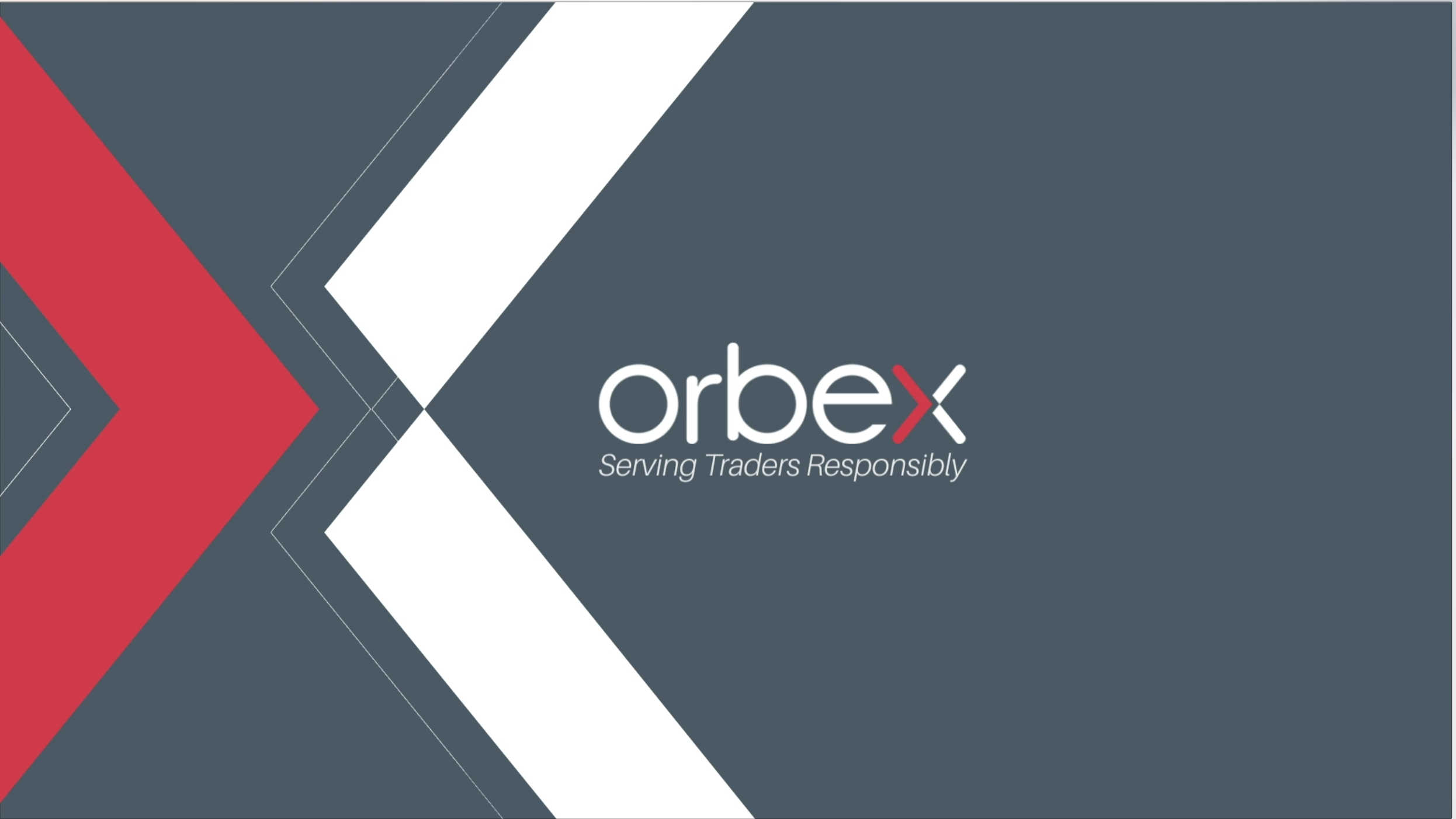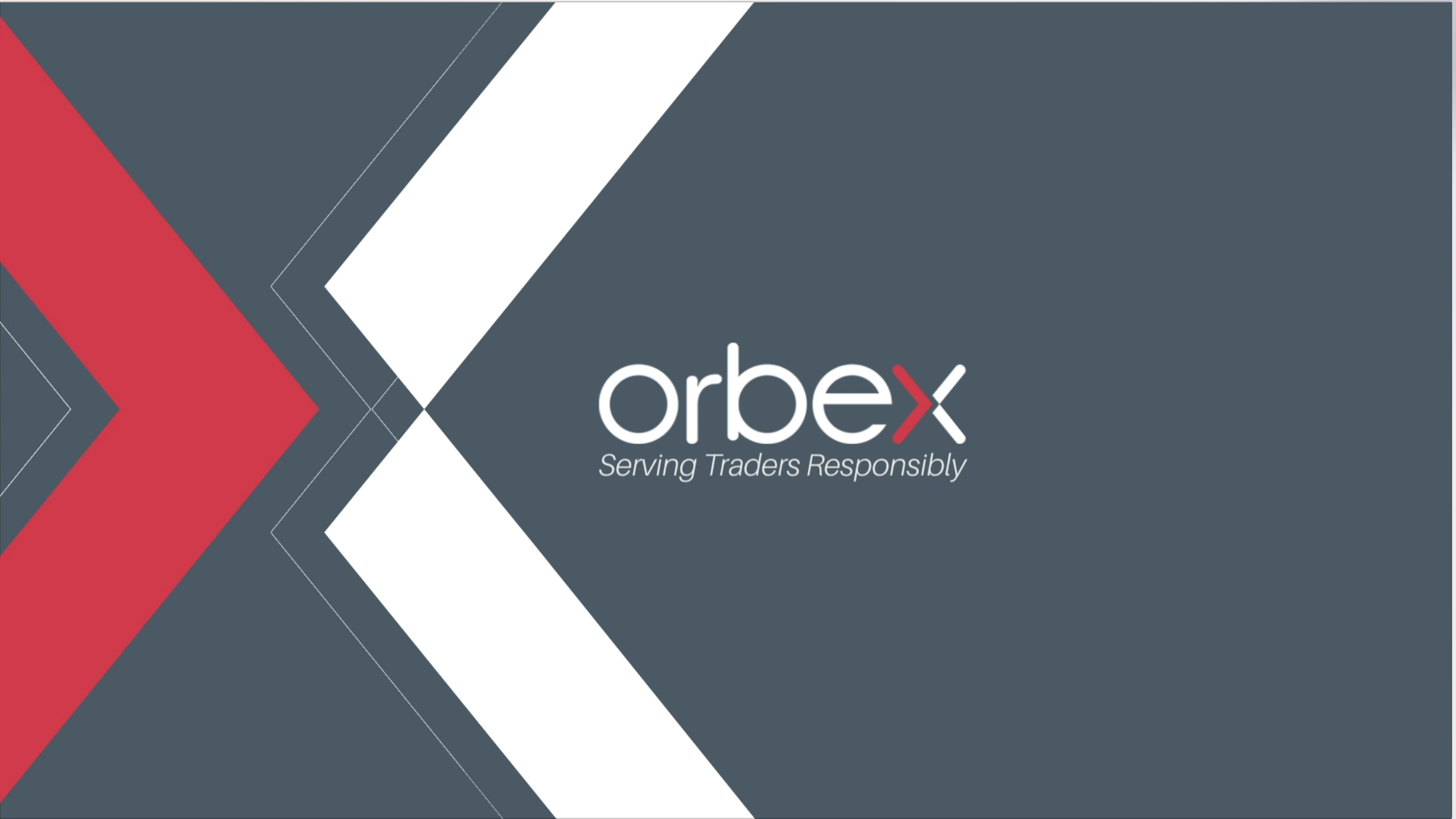Aussie Unemployment Rate Edges Higher

The Aussie unemployment rate edges higher as it’s seen rising to a nine month high in April at 5.6% from data provided by the Australian bureau of statistics last week.
The number of people employed beat expectations and grew on an increase in full-time jobs. Overall, 22,600 net jobs were added during the month of April which beat forecasts of 20,000. The April data overturned the weak figures from the previous months.
The unemployment rate however rose to 5.6%, marking a nine-month high since July 2017. The unemployment rate has been averaging around 5.4% – 5.6% since the past year. Annual pace of job growth was seen accelerating at a pace of 2.7%.

The participation rate was seen rising to 65.6% in April which was the highest levels since early 2011. Most of the job gains came from an increase of full-time jobs which rose 32,700. This was a strong boost after full-time jobs fell 25,100 just the month before.
The labor market data was slightly encouraging with the RBA noting that it expects a steady decline in the jobless rate and hopes for wages to pick up before the central bank starts to hike interest rates.
Job growth for Australia is forecast to remain subdued for the most of the year, according to both economists’ as well as the RBA. The central bank is expected to therefore keep interest rates steady at 1.5% for the rest of the year.
The RBA’s interest rates have remained at 1.5% since August 2016 with inflation failing to bounce back to the central bank’s target of 2% – 3%.
The annual wage growth data continues to remain weak and suggests that with still plenty of people looking for jobs, wage growth could also remain subdued.
The underutilization rate which measures the unemployment and those who want to work more hours was 14%. Earlier in the week, the RBA Governor, Philip Lowe, speaking to lawmakers said that the average wage increase needs to be around 3.5% in order to achieve the 2.5% inflation target or the mid-point of the RBA’s target band.
Australia Wage Price Index Subdued
In a report released previously, data showed that workers saw little improvement in the wages during the first three months of the year. Official data showed that wages rose 0.5% in the first quarter of the year on a seasonally adjusted basis. This was below the market consensus of a 0.6% increase. The figures for December 2017 quarter were also revised down slightly.
This brought the annual wage growth to just 2.1% on the year. Private sector worker’s wages increased 1.9% while public sector wages surgged 2.3%.
When compared to inflation which was measured at 1.9% in the first quarter, real wages were seen to have remained flat.
The wage data is certain to disappoint the RBA which has been aiming for inflation target of 2% – 3% band which is unlikely to be achieved if wages continue to rise around just 2%. In the previous forecasts, the RBA forecast that wages would rise 2.75% in 2018/2019.
The first quarter wage data showed that growth declined for nearly three consecutive quarters. The data for March was also the second slowest pace of wage growth since record keeping began in 1997.




![Credit Card 160×600 [EN]](https://assets.iorbex.com/blog/wp-content/uploads/2023/06/13144507/Blog-Banner_EN-Banner_160X600X2.webp)